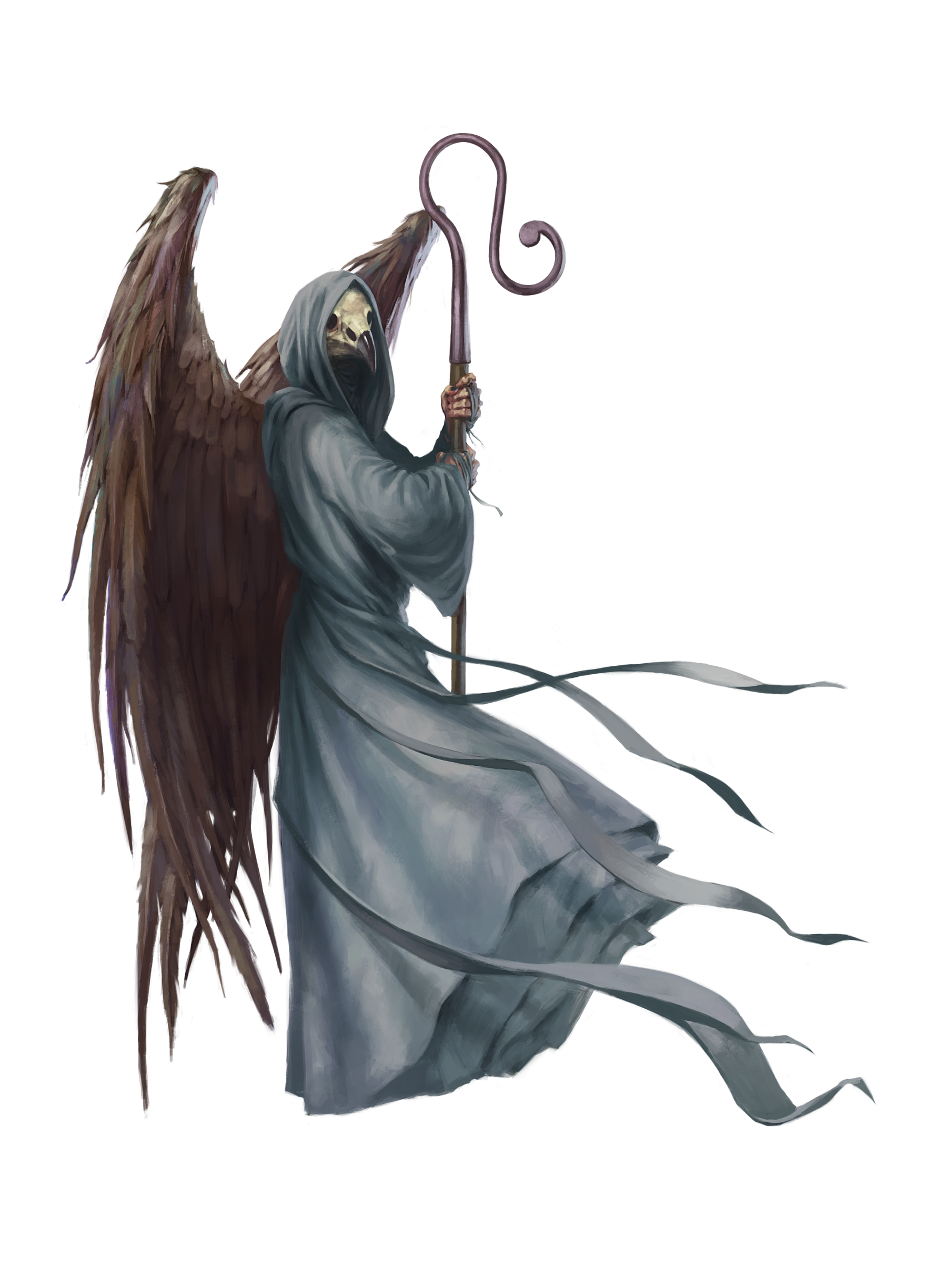
Some monsters are bags of hit points, and it can be fun to stand around and hit them until they explode into XP. But if a monster has a weak point—some trick to exploit—an encounter takes on a new feel.
Monster weaknesses can deepen an encounter, making it more fun and more memorable. Let’s take a look at how those are implemented, and try out some new ideas with Tome of Beasts 3 monsters.
If this is all new to you, check the first installment of Monster Weaknesses for more explanation.
Weakness Design
We’ve covered the concept, reasons for, and types of monster weaknesses throughout this series. Now that you’ve got some tools under your belt, maybe you’d like to try your hand at it. When creating your own monster weaknesses, consider that a good weakness should:
- be discoverable.
- be simple for a GM to implement.
- not be the default thing adventurers are expected to do in combat.
- not be easily abused, to avoid trivializing an encounter.
- adhere to the flavor, anatomy, and lore of the monster.
- make combat with the monster more interesting.
Other considerations to help develop interesting weaknesses:
- Is the method for discovering the weakness interesting?
- Does exploiting the weakness come with some risk-reward or preparation?
- If the monster already has weaknesses, can they be tweaked to add interest?
- Does the weakness warrant some sort of offsetting buff for balance?
- How does the monster react to or how is it susceptible to damage types?
- How does the monster react to or how is it susceptible to conditions?
- How does the monster react to or how is it susceptible to forms of forced movement?
- Are there any underutilized items of adventuring gear that the monster may respond to?
Just remember, adding weaknesses to monsters is designed to increase fun at your table. If fun isn’t happening, adjust things in the moment or omit something that isn’t working.
More Weaknesses!
Here are a few more examples of weaknesses for Tome of Beasts 3 monsters. Add these traits to their corresponding creature’s stat blocks, and presto!
Alpine Creeper
Symbiosis. The alpine creeper is not immediately hostile to Beasts or Humanoids disguised as Beasts and has disadvantage on Wisdom (Perception) checks to detect creatures that walk on four legs.
Amphibolt
Vulnerable Tongue. A creature within 5 feet of another creature grappled by the amphibolt’s tongue attack can attack the tongue directly with melee attacks that deal slashing damage. The tongue has AC 15 and 20 hit points. If the tongue is destroyed, the amphibolt cannot use its Electric Tongue attack, and any creature it had grappled this way is released. The amphibolt’s tongue regrows when it completes a short or long rest.
Angel, Psychopomp
Celestial Trace. A creature wearing glasses crafted from citrine gems worth at least 50 gp can see the true form of the psychopomp as an angelic Celestial, even in the lower planes.
Animated Instrument
Counterpoint. When the animated instrument uses its Courageous Anthem action, a creature holding an instrument within 30 feet of the animated instrument can use its reaction to play along and make a DC 12 Charisma check using that instrument. On a success, that creature’s allies also gain the benefits of the Courageous Anthem action.
Animated Offal
Undead Essence. The animated offal counts as an Undead for the purposes of effects that turn Undead or a paladin’s Smite feature.
Avesturzii
Top-Heavy. The avesturzii has disadvantage on Strength (Athletics) checks to avoid being knocked prone.
Baleful Miasma
Gone with the Wind. While the baleful miasma is in an area of strong wind, at the start of each of its turns, it is moved 10 feet in the direction of the wind.
Beetle, Clacker
All that Glitters. A creature can take an action to toss or present the clacker beetle with a shiny object. The beetle must succeed a DC 12 Wisdom saving throw or it cannot move further away from that object until the end of its next turn. On a successful save, the clacker beetle is immune to this trait for 1 hour.
Berberoka
Dehydration. If the berberoka is within the area affected by the destroy water effect of a create or destroy water spell, the berberoka is no longer saturated and must succeed on a Constitution saving throw (spellcaster’s DC). On a failed save, the berberoka takes 3d6 necrotic damage, or half as much on a successful one. Additionally, the berberoka does not benefit from its Aqueous Regeneration at the start of its next turn.
Birgemon Seal
Pacify Parasite. When the birgemon seal is affected by a spell or effect that cures disease, it cannot use its Toothy Maw, Tendril, or Reel actions. At the end of each of its turns, the birgemon seal can make a Constitution saving throw (spellcaster’s save DC), ending the effect on a success.
Caldera Kite
Stunted Kinetics. If the caldera kite takes 10 or more cold damage on a turn, its Sulfuric Haze trait does not function until the start of its next turn.
Catonoctrix
Garbled Psionics. If the catonoctrix is subjected to a spell or effect that would have dealt it psychic damage (before immunities), it cannot use its Precognitive Dodge reaction or recharge its Mind Ravage action until the end of its next turn.
Catterball

Dampened Elasticity. If the catterball takes cold damage, it cannot take its Change Form action or benefit from its Rubbery Flesh trait until the end of its next turn.
Cloudhoof Assassin
Momentum. If the cloudhoof assassin misses with a Headbutt attack when using its Charge trait against a creature using the Dodge action, that creature can use their reaction to cause the cloudhoof assassin’s attack to hit a target within 5 feet of it.
Copperkill Slime
Single Replacement. If the slime takes 50 or more damage from nonmagical weapons made of iron within 1 minute, its Pseudopod attack no longer deals additional poison damage and the slime’s color changes from green to black. Nonmagical weapons made of iron that deal 20 or more damage to the slime are destroyed and turn into 3d10 cp worth of copper.
Death Worm
Conduit. If a creature that can cast a spell of 1st level or higher that deals lightning damage is forced to make a Dexterity saving throw as a result of the death worm’s Lightning Arc trait, that creature can use its reaction to expend a spell slot to automatically succeed on the saving throw and force another creature within range of the spell to make the saving throw instead, taking 5 (2d4) lightning damage on a failed save.
Devil, Balbazu
Drain the Blood. If the balbazu takes 10 or more piercing damage in a single turn, its Blood Reservoir is reduced to 0.
Next Up
We’ll end the series with an encyclopedia of 20 more weaknesses and some closing thoughts.
<<PREVIOUSLY IN MONSTER WEAKNESSES

